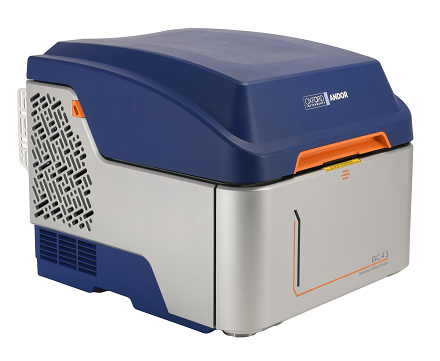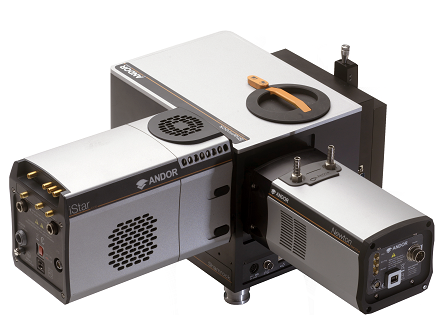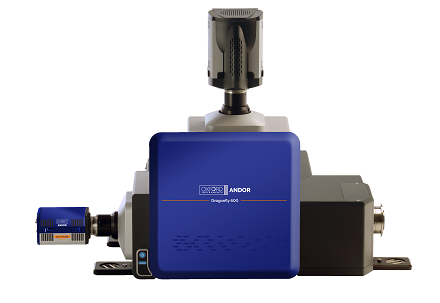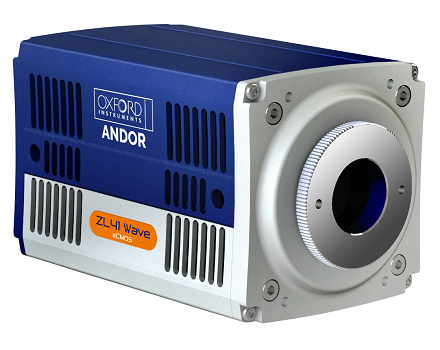Andor Technology Ltd is a global developer and manufacturer of high-performance scientific cameras, microscopy systems and spectrographs for academic, government, and industrial applications. Founded in 1989, the company's products play a central role in the advancement of research in the fields of life sciences, physical sciences, and industrial applications. Andor was purchased for £176 million in December 2013 by
Oxford Instruments. The company is based in Belfast, Northern Ireland and now employs over 400 staff across the group at its offices in Belfast, Japan, China, Switzerland, and the US.
Andor Technology designs, manufactures, and sells scientific imaging equipment, including
charge-coupled device (CCD),
electron-multiplying CCD (EMCCD), scientific CMOS (sCMOS - an improved
Active pixel sensor), and
intensified charge-coupled device camera systems, spectroscopy instrumentation, laser-based and laser-free
microscopy systems and software.
Watch our webinar:
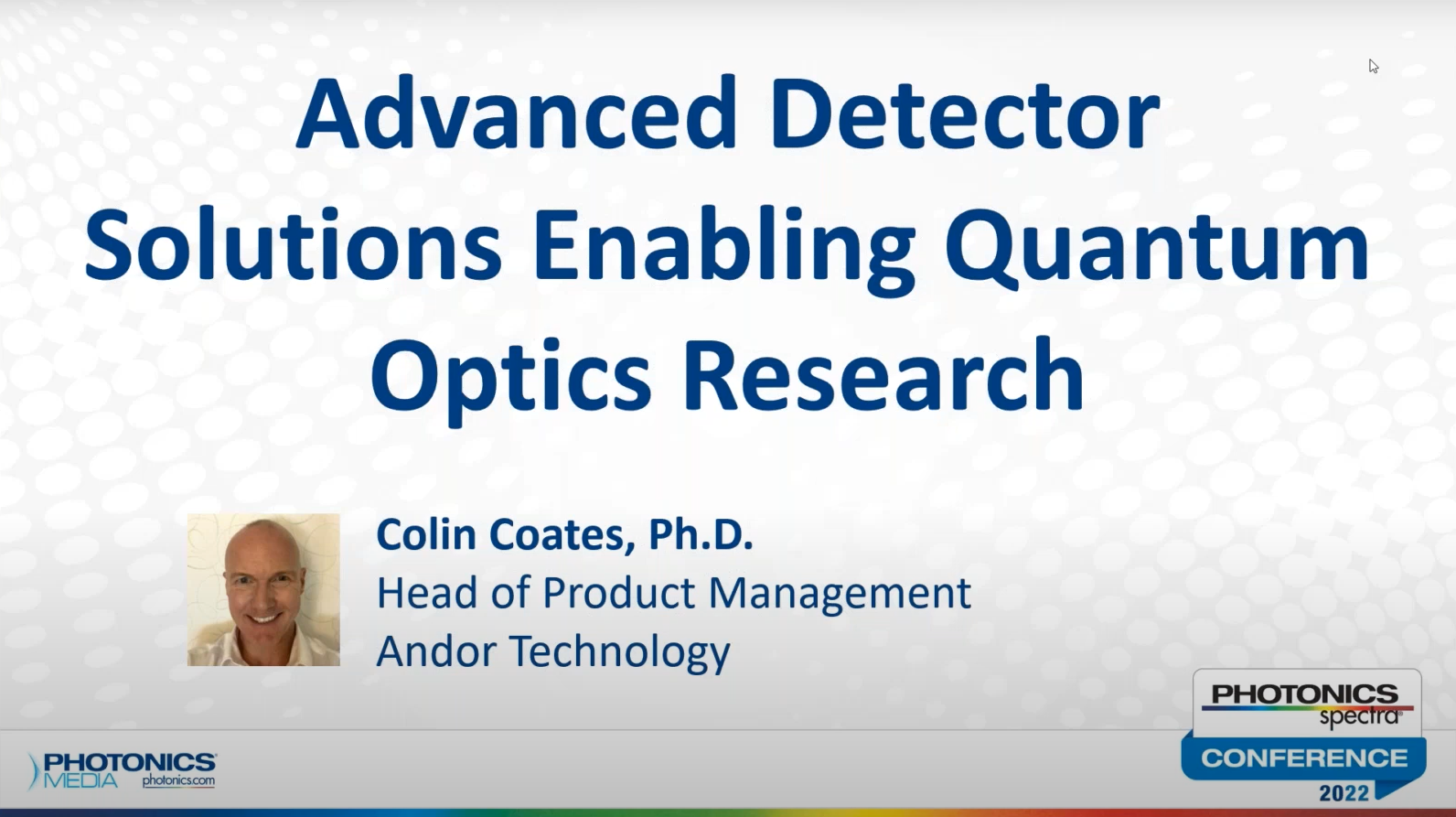
Andor’s scientific cameras are used in bioimaging (including single molecule studies, live cell imaging, and other applications of microscopy), physical sciences (applications include astronomy, plasma research, etc.), and quantum research.
- EMCCD – due to their high sensitivity, allowing for the detection of faint signals, they are utilised in single-molecule detection, live cell imaging, and other microscopy applications and astronomy.
- sCMOS – Scientific Complementary Metal-Oxide-Semiconductor cameras which are used in fluorescence microscopy, spectroscopy, and quantum research
- ICCD – used in applications that require precise timing control, such as plasma studies or fluorescence lifetime imaging
Andor’s microscopy systems are used in life sciences (neuron imaging, stem cell research, developmental biology studies), bioimaging (like studying the dynamics of proteins within cells or observing cellular responses to drugs or stimuli) and in material sciences.
Andor offers modular spectroscopy platforms that cover a range from UV to SWIR and various scales from macro to nano. These platforms are capable of detecting fluxes as low as single photons and have a time-resolution reaching nanoseconds.
